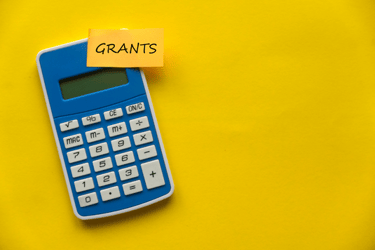Related Posts
Subscribe to Our Blog
Subscribe to receive email notifications every time we publish new insights, news, and thought leadership to our blog.
In recent months the world has witnessed several tragedies: the current flooding in the Midwest, a rash of tornadoes in the South, and an enormous earthquake in Japan. These events, on the heels of Hurricane Katrina, the BP oil spill, and the earthquake in Haiti, serve as reminders that disaster could be just around the corner and can happen in almost any community. If your region were hit by calamity, is your organization prepared to help? Have you thought about the strengths your agency can bring to the table -- and how they fit in with the community's emergency response plan? For this article we've reviewed a couple of resources that can help jumpstart a conversation within your organization regarding disaster readiness.
FEMA has released a publication called "Are You Ready?" that covers the basics of disaster planning. Their suggestion is to start by assessing the likelihood or risk of various types of catastrophe. The booklet even contains a worksheet that you can fill out to help you with this task. Much of the document is geared toward individual families but can easily be adapted for organizations. For instance, the section on maintaining family communication can easily be changed to maintaining organizational communication. One specific suggestion is to create cards with contact information for every member of the family, or , in this case, every member of the organization. Once again, the key is taking suggestions for civilians and reworking them to fit your organization.
Another great resource is The Points of Light Foundation's publication "Ready to Respond." The booklet serves as a guide for readying volunteer organizations to be responders in catastrophic situations. However, even if your agency is not a responder, the document still has some very useful information. For instance, there is an easy-to-use checklist to complete to assess an organization's readiness. These are issues that any agency should be thinking about, just in case. A sampling of the questions include:
Of course, if your organization is considering becoming part of your local community's response plan, then the "Ready to Respond" document is a must-read. It will give you a good gauge on what your organization should do to be better prepared if your community faces extreme circumstances.
In closing, it's important to remember the old proverb: "Adversity is a fact of life. It can't be controlled. What we can control is how we react to it."


Subscribe to receive email notifications every time we publish new insights, news, and thought leadership to our blog.